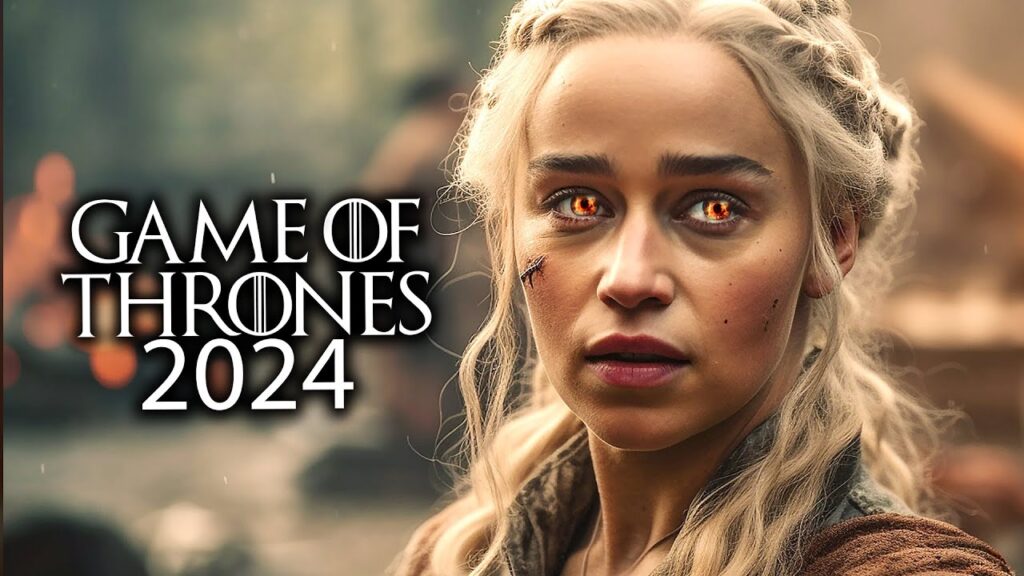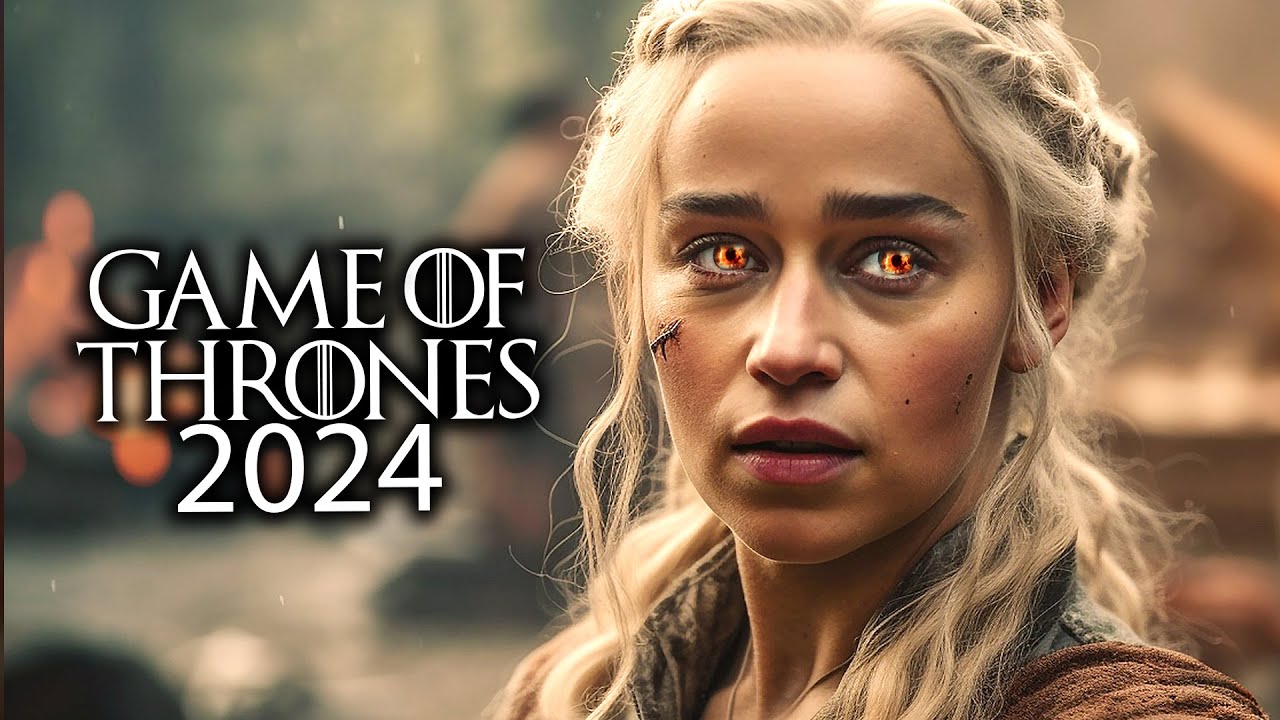
Game of Thrones: In What Year Does It Take Place?
The world of Game of Thrones, adapted from George R.R. Martin’s epic fantasy series A Song of Ice and Fire, is rich with history, lore, and intricate political machinations. One question often arises among viewers and readers alike: In what year does Game of Thrones take place? While the series doesn’t directly correlate to any specific year in Earth’s history, we can explore the inspirations, influences, and clues within the narrative to understand the approximate timeframe and the overall historical context of the events depicted.
The Fictional World of Westeros
Westeros, the primary setting for Game of Thrones, is a continent with its own unique geography, cultures, and timeline. Unlike historical fiction that reimagines real-world events, A Song of Ice and Fire creates a completely fictional universe. This allows Martin the freedom to draw inspiration from various historical periods without being bound by the constraints of a specific year or era.
However, the world-building is so detailed and realistic that it prompts viewers to consider a potential equivalent in Earth’s history. To understand the timeframe of Game of Thrones, we must delve into the influences that shaped Martin’s world.
Historical Inspirations
George R.R. Martin has openly discussed the historical events that influenced his writing. The Wars of the Roses, a series of dynastic wars fought in 15th-century England between the House of Lancaster and the House of York, serve as a major inspiration for the conflicts between the noble houses of Westeros, particularly the Starks and the Lannisters.
Other historical influences include:
- The Anarchy (1135-1154): This period of English history, marked by civil war and lawlessness during the reign of King Stephen, mirrors the chaotic power struggles within Game of Thrones.
- The Hundred Years’ War (1337-1453): The long-standing conflict between England and France provides a template for the complex web of alliances and betrayals within Westeros.
- The Scottish history: Hadrian’s Wall has inspired the Wall in the North, that protects Westeros from the dangers of the lands beyond.
These historical parallels don’t pinpoint an exact year, but they provide a framework for understanding the societal structures, political dynamics, and military technologies present in Game of Thrones.
Technological and Societal Clues
Examining the technological and societal aspects of Westeros offers further insight into the approximate timeframe:
- Military Technology: The presence of castles, knights, swords, and rudimentary siege weapons suggests a medieval setting. However, the absence of gunpowder-based weaponry places it before the late medieval period.
- Social Structure: The feudal system, with its hierarchy of lords, vassals, and peasants, is a defining feature of Westeros. This aligns with the medieval European model.
- Religion and Beliefs: The prominence of religion, including the Faith of the Seven and the Old Gods, reflects the importance of religious institutions in medieval societies.
- Communication: The reliance on ravens for long-distance communication indicates a pre-modern communication system.
Considering these elements, the technology and society in Game of Thrones resemble those of medieval Europe, specifically the High Middle Ages (approximately 1000-1300 AD).
The Seasons and the Timeline
One of the most distinctive features of Westeros is its unpredictable and prolonged seasons. Unlike Earth, where seasons follow a regular pattern, Westeros experiences winters and summers that can last for years. This makes establishing a precise chronological timeline challenging.
The events of Game of Thrones unfold over several years, but the exact duration is never explicitly stated. The long seasons disrupt traditional methods of measuring time, making it difficult to correlate events with specific years.
However, it’s safe to say that the main events of the series occur over a period of approximately 5-10 years within the fictional timeline of Westeros. This includes the War of the Five Kings, Daenerys Targaryen’s rise to power, and the eventual confrontation with the White Walkers.
The Absence of a Definite Year
Ultimately, Game of Thrones does not take place in a specific year. George R.R. Martin deliberately avoided anchoring his story to a particular historical period to maintain creative freedom and allow for the unique elements of his world. The blend of historical influences, fantastical elements, and unpredictable seasons creates a setting that is both familiar and otherworldly.
Trying to pinpoint a single year would be a futile exercise, as the series draws inspiration from multiple eras and incorporates elements that defy historical accuracy. Instead, it’s more productive to appreciate the rich tapestry of influences that contribute to the immersive and compelling world of Westeros. The essence of Game of Thrones lies in its storytelling, character development, and exploration of universal themes, rather than its adherence to a specific historical timeline. [See also: Game of Thrones Prequel: House of the Dragon]
The Impact on the Narrative
The ambiguity surrounding the specific year in which Game of Thrones takes place allows the narrative to focus on the characters and their struggles. Without being constrained by historical accuracy, the writers are free to explore the complexities of power, loyalty, and morality within the context of a fictional world. This freedom is crucial to the series’ success, enabling it to resonate with audiences on a deeper level.
The absence of a definite year also enhances the sense of timelessness within the story. The themes explored in Game of Thrones – such as ambition, betrayal, and sacrifice – are relevant across different time periods and cultures. This universality contributes to the enduring appeal of the series.
Conclusion
While it’s tempting to assign a specific year to the events of Game of Thrones, the series is intentionally ambiguous in its historical setting. Drawing inspiration from various periods of medieval history, George R.R. Martin created a world that is both familiar and fantastical. The absence of a definite year allows the narrative to focus on the characters, their struggles, and the timeless themes that resonate with audiences worldwide.
So, when asked, “In what year does Game of Thrones take place?” the most accurate answer is: in a year that never was, but one that echoes the struggles and triumphs of human history. The magic of Game of Thrones resides not in its historical accuracy, but in its ability to transport us to a world where anything is possible, and where the fate of kingdoms hangs in the balance. The enduring popularity of Game of Thrones is a testament to its captivating storytelling and its ability to capture the imagination of viewers and readers alike. The question of what year Game of Thrones happens in is less important than the stories it tells. The world of Game of Thrones is one that is best appreciated for its own unique history and lore, rather than trying to fit it into a specific place on a real-world timeline. The intricacies of Game of Thrones are better discovered through the stories told. The events of Game of Thrones are best enjoyed when viewed for the fictional world they create. The world building in Game of Thrones is so complete, it makes you wonder about the year. But in the end, Game of Thrones exists in its own time.

